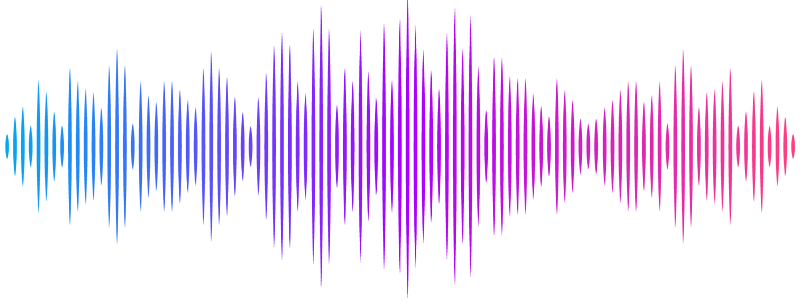Epidermal turnover in the planarian Schmidtea mediterranea involves basal cell extrusion and intestinal digestion.

Epidermal turnover in the planarian Schmidtea mediterranea involves basal cell extrusion and intestinal digestion.
Lee, J.-R.; Boothe, T.; Mauksch, C.; Rink, J. C.
AbstractPlanarian flatworms undergo continuous internal turnover, wherein old cells are replaced by the division progeny of adult pluripotent stem cells known as neoblasts. How dynamic cell turnover is executed at the organismal scale remains an intriguing question in planarians and biological systems in general. While previous studies have predominantly focused on neoblast proliferation, little is known about the processes that mediate cell loss during tissue homeostasis. Here, we use the planarian epidermis as a model to study the mechanisms of cell removal in Schmidtea mediterranea. We established a covalent dye-labeling assay and image analysis pipeline to quantify the cell turnover rate in the planarian epidermis. Our findings indicate that the ventral epidermis is highly dynamic, with a half-life of the constituent cells of approximately 4.5 days. Using live-imaging and pulse-chase assays, we find that epidermal cells undergo internalization via basal extrusion, followed by a migration towards the intestine and ultimately digestion by intestinal phagocytes. Overall, our studies reveal an intricate homeostatic cell clearance process that may reduce the metabolic costs of high turnover tissues in planarians.